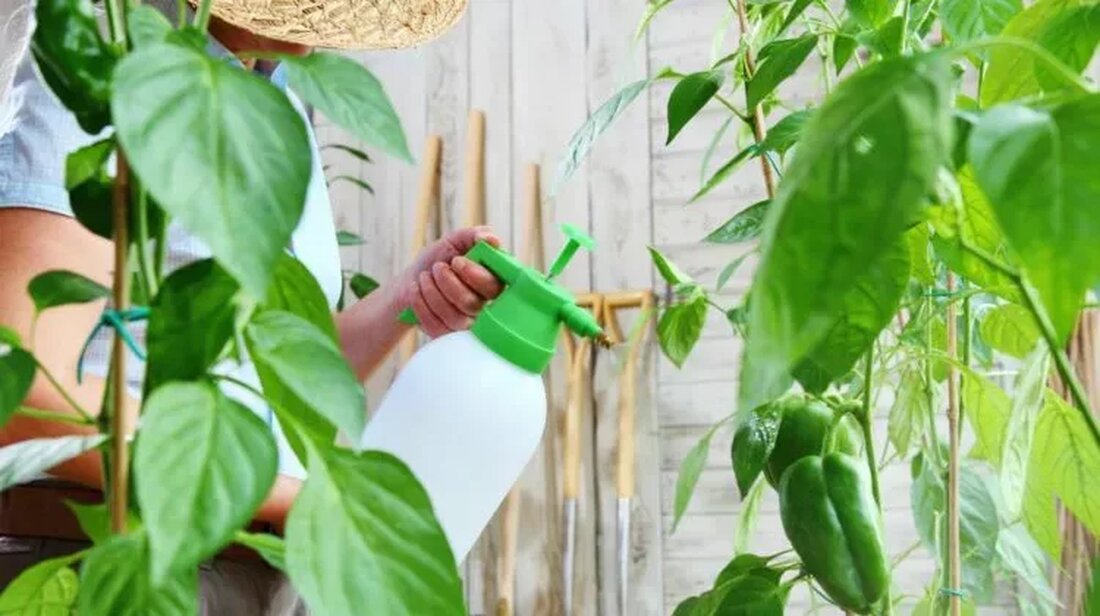Making herbal remedies - What is a decoction?
Making herbal remedies isn't difficult or complicated, it just seems that way. If you can boil water, you can make your own tinctures, infusions, or decoctions. In this article we will discuss decoctions, what they are, how to prepare them and examples of common decoctions. Simply put, a decoction is your base infusion, juiced to coax stubborn roots, barks, and resins to release their medicinal properties. While most plants impart their properties in a few minutes of cold or boiling hot water, some require a much longer period of time, such as 30 minutes or more. While occasionally a whole plant with stem,...

Making herbal remedies - What is a decoction?
Making herbal remedies isn't difficult or complicated, it just seems that way. If you can boil water, you can make your own tinctures, infusions, or decoctions. In this article we will discuss decoctions, what they are, how to prepare them and examples of common decoctions.
Simply put, a decoction is your base infusion, juiced to coax stubborn roots, barks, and resins to release their medicinal properties. While most plants impart their properties in a few minutes of cold or boiling hot water, some require a much longer period of time, such as 30 minutes or more.
While an entire plant, including stem, branch, flower, leaf, and bud, is occasionally used for special preventative effects, usually only a portion of a plant is used at a time. Examples of herbs that work best when decocted include:
Elm bark, used for herpes, scabs, itching and other skin problems
Comfrey root, the decoction provides a good gargle and mouthwash for sore throats, hoarseness and bleeding gums*
Flaxseed, this decoction can be used for cough, chest and lung problems. Remember to only use ripe seeds as the immature seed pods can cause poisoning.
English oak bark, a decoction of the bark, can be used internally or externally for hemorrhoids and other rectal problems, menstrual problems, and blood in the urine.
Prepare decoction:
Fresh herbs should be sliced; dry herbs should be powered or well bruised. A decoction should always be strained when it is hot, so that the substance which separates as it cools can be remixed with the liquid by shaking when the remedy is used.
Use pots made of glass, ceramic or earthenware to prepare your brew. Do not use regular cast iron with astringent plants. Use 30g of dried root or bark for just over half a liter of water. Let this cook for at least ten minutes or more. The mixture is then left to drip onto the pot with a lid on for another 3 to 4 minutes. Strain the plant parts before drinking.
Warning: The FDA has determined that comfrey can cause pyrrolizidine alkaloid poisoning, which causes a liver disease in humans called hepatic venous occlusive disease. The small and medium-sized veins in the liver become blocked, eventually leading to liver dysfunction, cirrhosis, and death. While only 2 deaths attributed to comfrey have been documented, due caution is warranted.
The information provided by UsingHerbs.Com is intended to increase awareness of potential health care alternatives and should not be considered medical advice. Always consult your qualified healthcare professional for medical assistance, advice, diagnosis and treatment.

 Suche
Suche
 Mein Konto
Mein Konto
